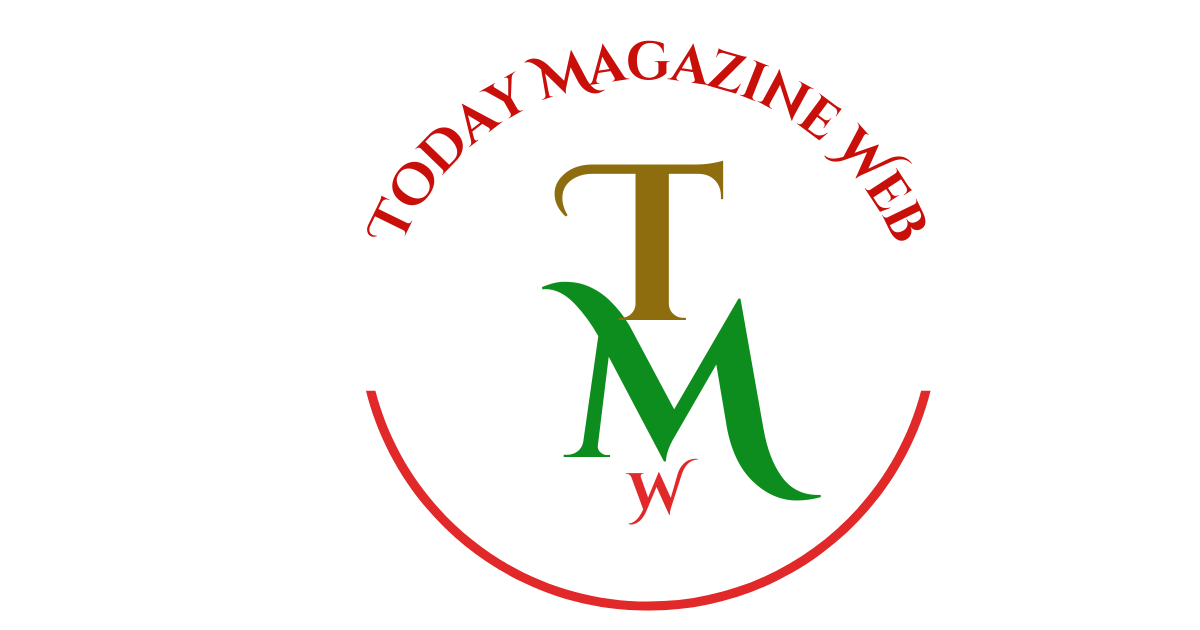Optimizing Images and Graphics for Ebook Conversion Best Practices

Picture this. You have an exciting story to tell or vital information to share. You decide that an ebook is the perfect way to reach your audience. But, in the digital age, simply transcribing text onto digital pages is not sufficient. To draw readers into your ebook’s world, you need stunning, optimized images and graphics.
In this blog post, we delve into the best practices for optimizing images and graphics in ebook conversion, crucial components to ensure a polished and professional finished result.
Image Resolution
High-resolution images ensure that readers can view your images in detail, enhancing their overall experience. For ebook conversions, an image resolution of at least 300 DPI (dots per inch) is recommended.
Digital devices display images at different resolutions. Low-resolution images might look fine on some screens but terrible on others. Consistently using high-resolution images ensures that your book will look great on any device.
Understanding DPI
DPI stands for dots per inch – it represents the number of individual dots that can be placed within the space of one linear inch. The higher the DPI, the higher the resolution, and thus, better quality of the image. However, super high resolutions can significantly increase file size without improving the on-screen appearance.
When to Use Lower Resolutions
Whilst a high-resolution image ensures quality, there can be instances where using a lower resolution is more beneficial. For instance, if your finalized ebook size becomes too large due to high DPI images, reducing the DPI for less important illustrations can help.
Use the Right Tools
Various online tools and software can compress your images with minimal or no quality loss, making them ideal for ebook conversion services.
Image Format
Different image formats like JPEG, PNG, and GIF bring diverse attributes to the table. JPEG is a standard for photo images that require high color depth; PNGs support transparent backgrounds, while GIFs are ideal for simple animations.
JPEG – The Standard Image Format
JPEG is widely used and compatible across almost all platforms, making it a go-to format for ebooks. However, its lossy compression can impact the image quality if used inappropriately.
PNG – For Transparent Backgrounds
When your ebook requires images with a cut-out or transparent background, PNG format comes into play. High quality and lossless compression make them ideal for digital publications.
GIF – Simple yet Effective
Though primarily used for animations, a GIF can also showcase simple images with few colors. These files are smaller which helps keep your ebook file size in check.
Accessibility Considerations
Accessibility is a vital part of any ebook. Not only should your text be accessible, but also your images and graphics. This includes captioning and tagging images.
Use descriptive captions
Captions should be descriptive, allowing readers to understand what the image or graphic represents if it doesn’t load or if an audio description is being used.
Tag Images Correctly
Tagging images not only helps from an SEO perspective but aids in making your ebook more accessible by providing additional context for images, particularly useful for screen readers.
Consideration for accessibility when optimizing images can help broaden your ebook’s reach. It not only makes it more user-friendly but also aligns with global digital accessibility standards.
Compression Without Quality Loss
When dealing with high-resolution images in your ebook, the file size can quickly bloat. Compression is crucial – but how do you compress images without sacrificing quality?
Know When to Compress
Understanding when to compress an image can play a vital role in maintaining quality whilst reducing the file size. Compression can, in most cases, be reserved for the final stages of the ebook creation process.
Adhering to these practices can ease the image and graphic optimization process for your ebook conversion. However, the process does require a significant amount of time and effort.
The Need for Professional Services
For those seeking a hassle-free conversion, kindle conversion services like FlatWorld Solutions often provide comprehensive services that manage all the nitty-gritty of ebook creation, including image optimization and formatting.
Conclusion
Creating a compelling, high-quality ebook involves more than just great content. Every aspect, including the optimization of images and graphics, plays a significant role in the final product. Adhering to these optimization practices can drastically improve the aesthetic appeal, usability, and overall worth of your ebook. And remember, you don’t have to go it alone, professional conversion services can aid in crafting a seamless ebook experience from cover to cover.





